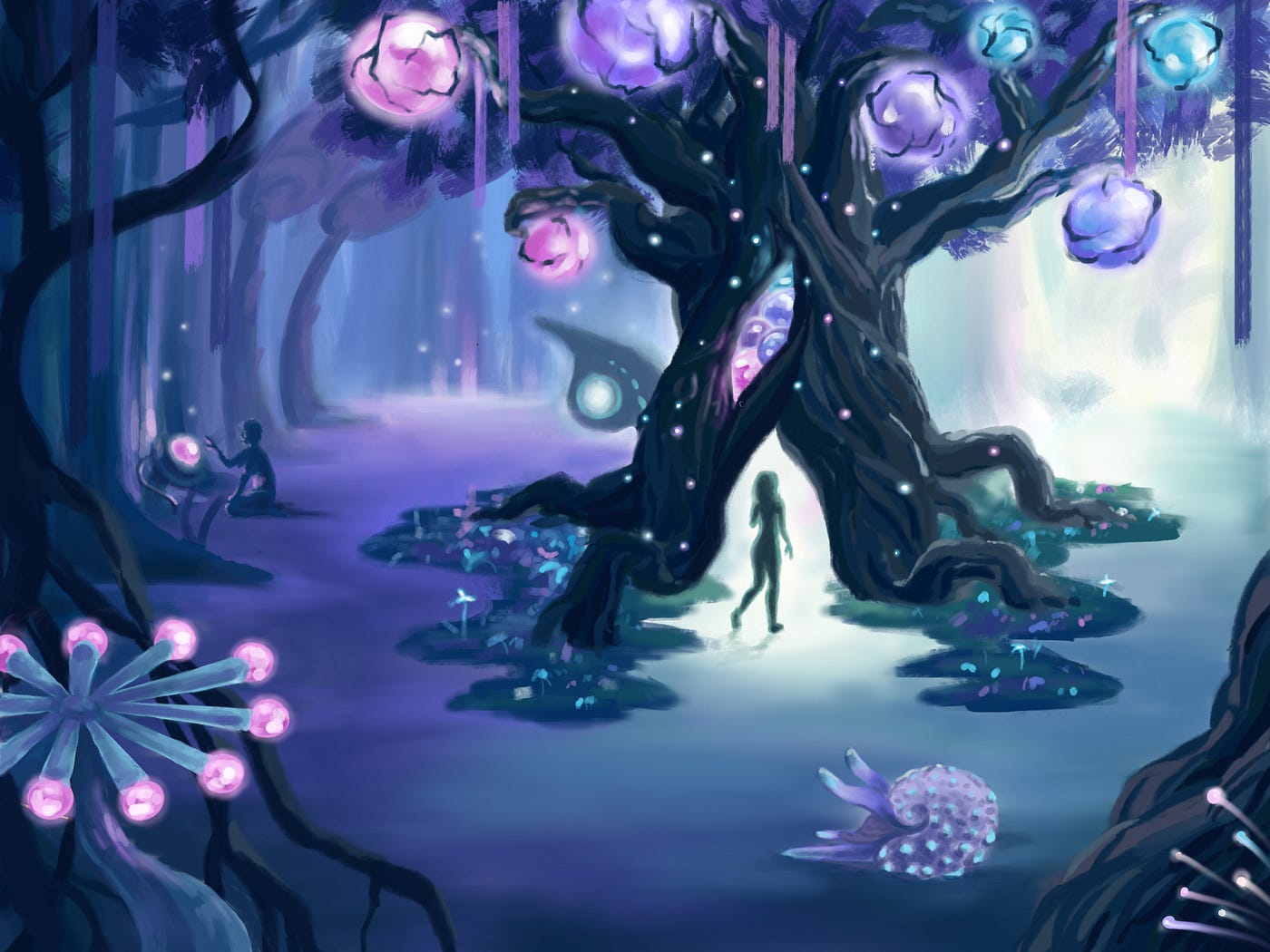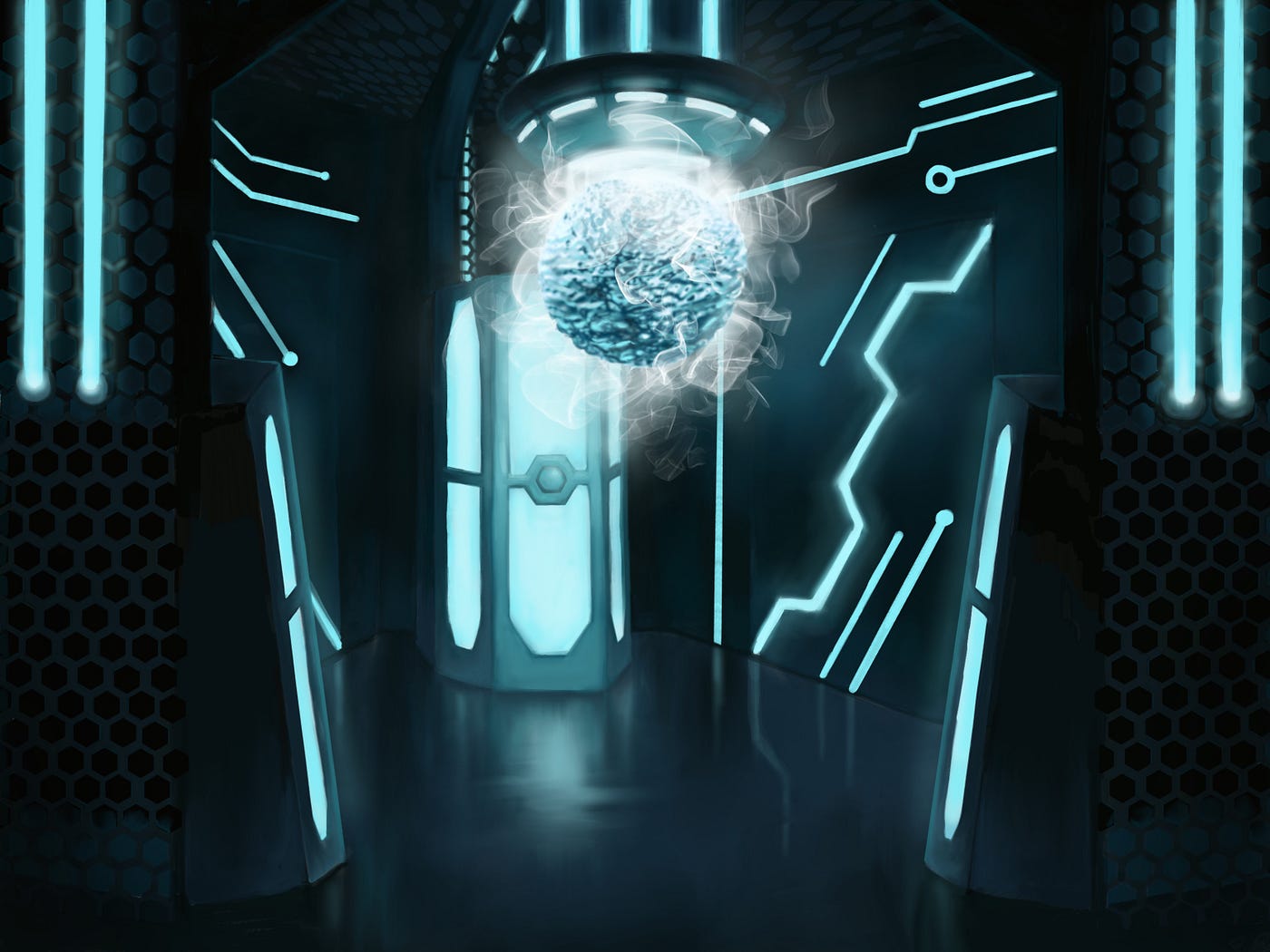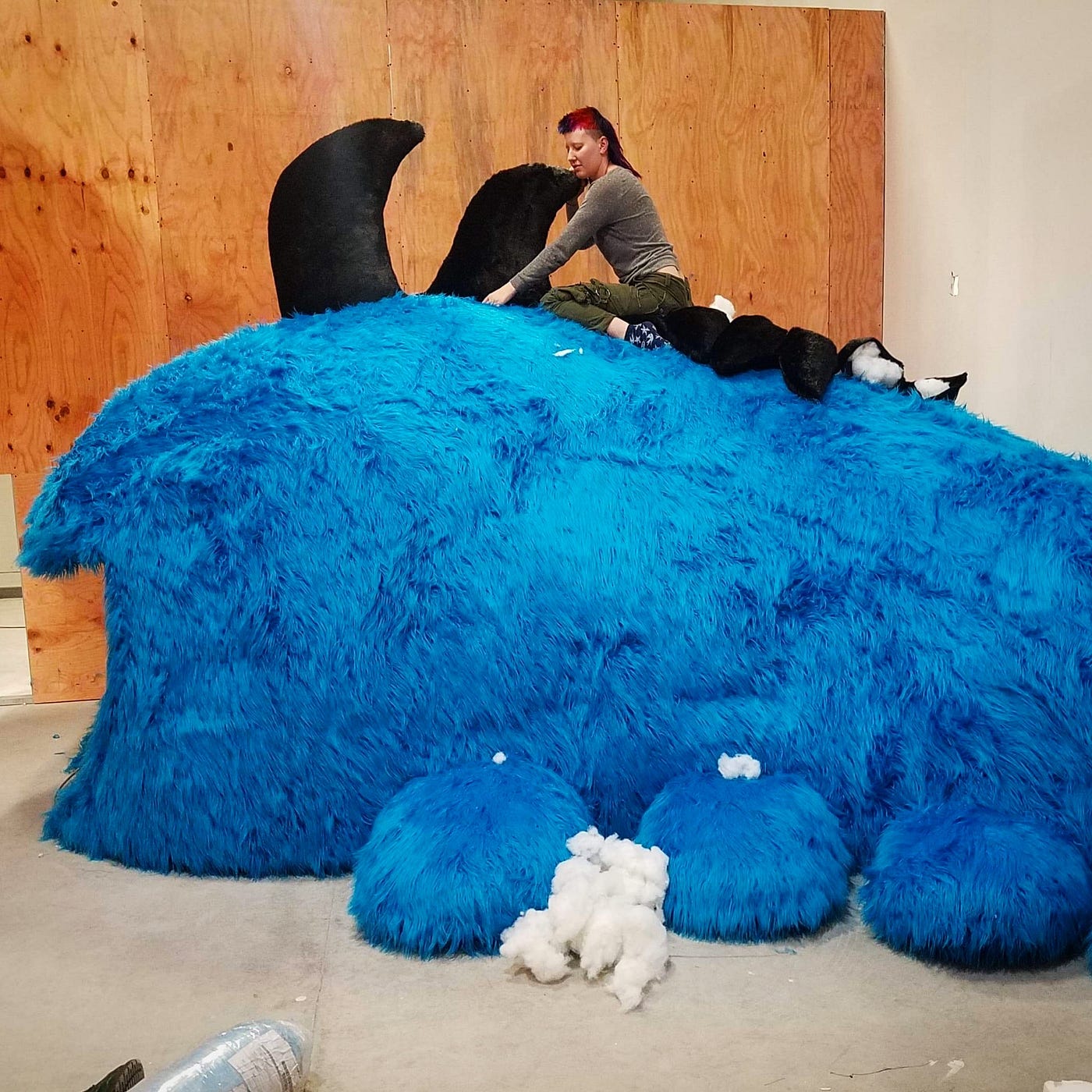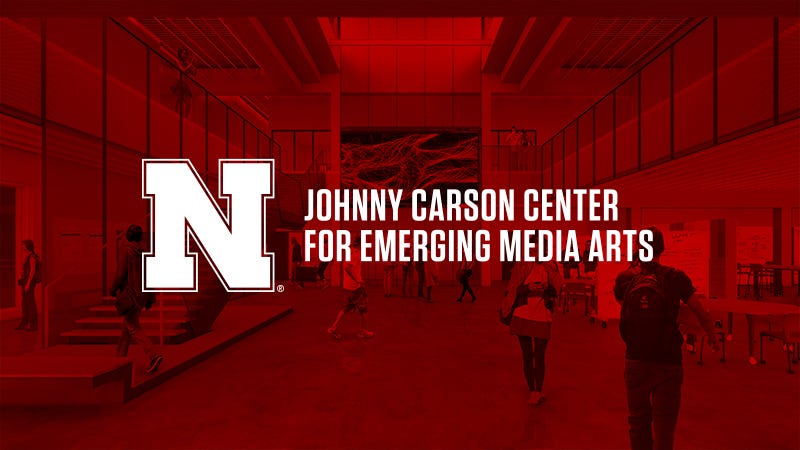
We talk to the creators about being inspired by escape rooms, City Museum, Meow Wolf, and more
The new immersive art venue Otherworld in Columbus Ohio wants to immerse participants in an alternate realm of interactive art, mixed reality playgrounds, puzzles and secret passageways, as they explore a desolate, seemingly-abandoned scientific research facility, and find that all is not as it seems.
The project intends to open early 2019 and the creators are currently holding a crowdfunding campaign to raise funds to finish the work. We spoke with Creative Director Jordan Renda and Tech Director Phil Liddell over email to learn more about Otherworld’s plans for the future.
This interview has been lightly edited for clarity.
No Proscenium: What, in a nutshell, is this project about?
Jordan Renda (JR): It’s about creating the next generation of art and storytelling experiences. It’s about turning the passive viewer into an active participant.
See the orb of light over there? If you touch it this 22-foot tall whimsical tree will pulse with color. The pieces we’re making are large-scale — like 18-foot 19-eyed cave dwelling creatures, 70-foot by 20-foot projection mapped structures, 20-foot tall LED towers — and they’re all interactive. I don’t know of anywhere else in the world where a single visitor has the ability to change the entire environment like they will be doing here.
Actively exploring and interacting with this fantasy world allows people to connect with the work in a deeper, more meaningful way. I mean, both of your hands will be occupied touching art, so you’ve got no free thumbs to be distracted by Instagram…
We want to remind people that there’s a whole world of imagination out there, not in an escapist kind of way, but in an inspirational kind of way. That’s not to say there aren’t any lofty esoteric ambitions at work here.

NP: How did the project come about? Why make an immersive art experience?
JR: Way back I produced haunts but jumped on the escape game train and opened Codescape in 2015. Escape games provided a whole new way to interact with a narrative. But we’d come up with these great concepts and they were continually shelved due to design constraints. I kept thinking the escape game model could be so much more interesting if visitors had unlimited time to explore a 30,000 square foot environment instead of 300 square foot, and if only we had a production budget modeled for 400 visitors at a time instead of ten…
I’ve been visiting City Museum for a decade now. Transworld would host a party at the Museum each year, and the conversation was always “how awesome would it be to take a place like this and add themed elements and a story…” Then I’d remember that a project like that would take millions of dollars, so stop dreaming, kid.
With the success of the escape games, it dawned on me that I was actually in a position to make this happen. Meow Wolf was also an inspiration and they validated the model for explorable, immersive, story attractions. So, I pitched the idea to a few banks and surprisingly didn’t get laughed out. In mid-2017 I started working on Otherworld full-time.
NP: Who are your collaborators?
Our in-house team consists of over thirty creatives with diverse skill sets. We’ve worked on all sorts of different projects like installations for Burning Man and SXSW, fine arts, children’s museums, theme parks, haunted attractions and escape games.
It’s awesome to watch ideas grow and transform into something better as they pass through different production departments. Leland Drexler-Russell is the Art Director, Phil Liddell is the Tech Director, Nikos Rutkowski is Props Lead, Eric Schiele is Digital Fab Lead and Harvey English is the Metal Lead.
We also collaborate with several ‘out-of-house’ artists. For instance, Alexi Alexaieff lives in the Bay Area and does animation for our interactive projections, story content and so on.
NP: How is technology being incorporated into Otherworld?
Get Kathryn Yu’s stories in your inbox
Join Medium for free to get updates from this writer.
SubscribeSubscribe
Phil Liddell (PL): Otherworld will use live motion capture to track people’s movements, allowing the space to dynamically react to visitors’ presence and creating intuitive, fun visual interactions. We will be relying mostly on live computer models to and projection / LED mapping for the technical effects; and relying on a mosaic of microcontrollers and sensors throughout the space to create puzzles and games that bring people deeper into the story.
NP: How is a narrative element being incorporated into the work?
JR: The entire installation is communicating a cohesive idea that you could pick up on abstractly just by walking through.
A lot of “immersive” installations of late are focused on creating selfie backgrounds, but to me “immersive” is about engaging with a space and finding meaning on a deeper level. The narrative helps make the experience meaningful.
To set the stage: You’ve volunteered as a beta tester at Otherworld Industries, a pioneering tech company specializing in alternate realm tourism. But upon arrival at the desolate research facility, you’re left on your own. Exploring restricted laboratories leads you to discover a gateway to an unconscious dream realm known as the ‘Otherworld.’ Within the ‘Otherworld’ are environments with “mini-stories” that push the larger overarching narrative, similar to a chose your own adventure RPG.
You engage with the story mostly by physically interacting with objects. With the exception of live actors, we’re using every medium we can to push the narrative. For instance, you can unlock employee computers to read email chains, watch surveillance footage and listen to voicemails allowing you to piece together events leading to ‘Otherworld Industries’’ discovery of, and subsequent amalgamation with, the ‘Otherworld.’

NP: How do you hope people engage with Otherworld?
PL: I hope people enjoy leaving magical trails behind them as they walk across rooms, touch sensors which send waves of light up through our enormous sculptural elements, and exploring our mixed reality rooms, which bring interactions which would normally only be possible in imaginations and computers into the real world.
I’m really excited about the body tracking in the space and hope people kick, jump, twist, and shout as they interact with our voice reactive rooms, spiraling tunnels of light, and rooms that play with the entire visible spectrum to create unique color effects.
I want visitors to grab and manipulate objects in the space, crawl through our tunnels and cuddly structures, and pluck, strum, and drum on our musical surfaces.
NP: You’re Kickstarting the project, what led you to that and what challenges do you expect to face?
JR: We’re trying to use Kickstarter for supplemental funding. Currently we’re working with a production budget of around $1.9 million but we are looking to raise an additional $500,000 to really do these spaces justice. We’d use the funds to add more layers of visual art, narrative and gamification.
NP: What aspect of the experience are you most excited about?
PL: I’m most excited about the digital experiences, which will give the power to change their entire environment with just a flick of their wrist. Projection mapping is a really magical kind of art, and I’m really excited to be able to surround people on all sides with reactive, projection mapped surfaces they can touch.
We are also using computer and digital systems to make entire rooms as interactive “songs,” where the elements all play musical sounds tuned to come together in interesting harmonic combinations. It’s a layering of visual art, interactivity, and sound that I think will be a really fun way to tell this crazy story we’ve concocted.

Otherworld’s Kickstarter campaign ends on December 19. The project expects to open to the public in early 2019.
NoPro is a labor of love made possible by our generous Patreon backers. Join them today!
This month we’d also like to thank The Johnny Carson Center for Emerging Media Arts for sponsoring our features.

In addition to the No Proscenium web site, our podcast, and our newsletters, you can find NoPro on Twitter, Facebook, YouTube, Instagram, in the Facebook community Everything Immersive, and on our Slack forum.




















Discussion